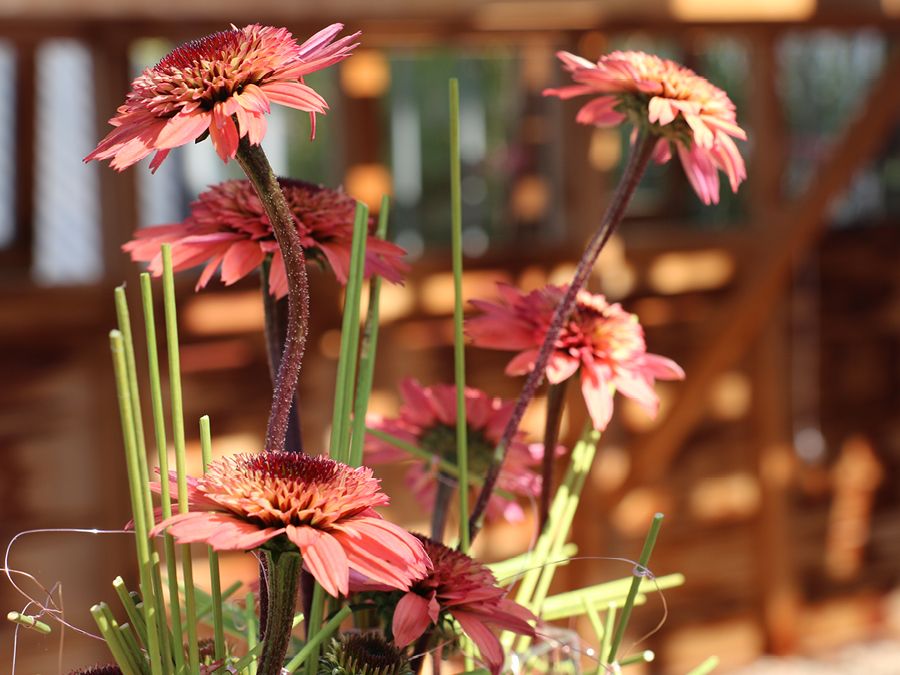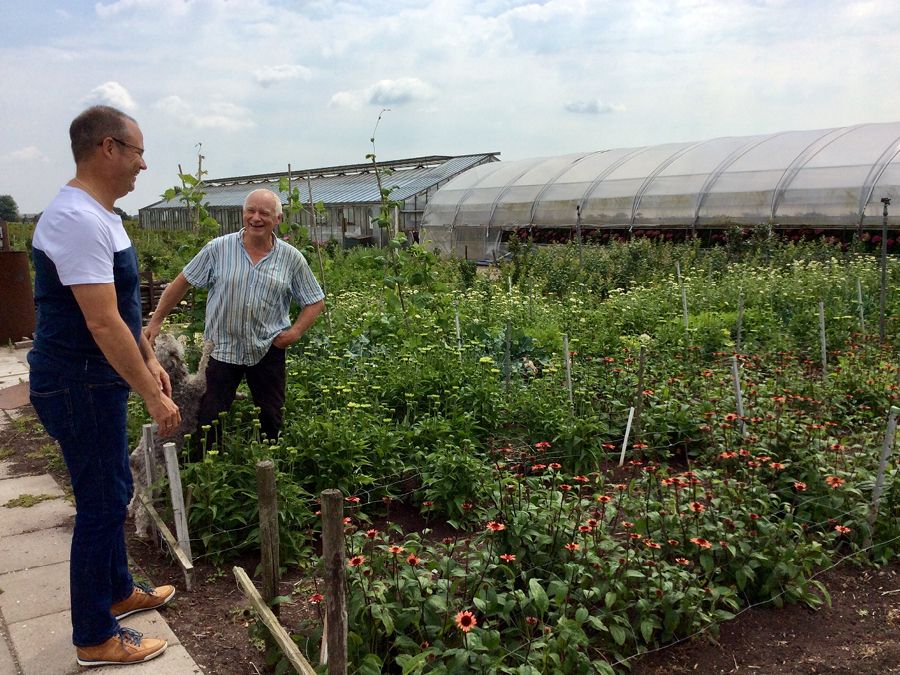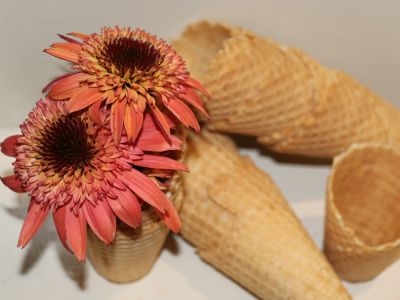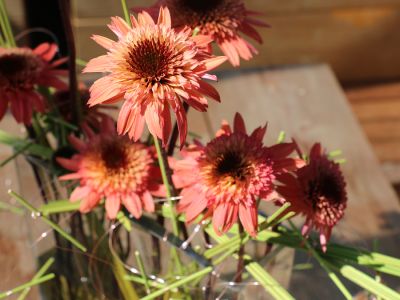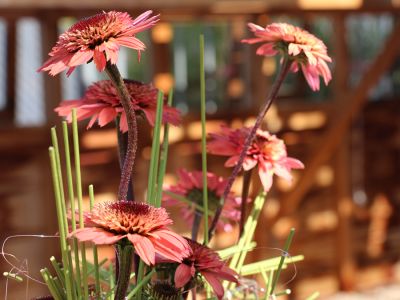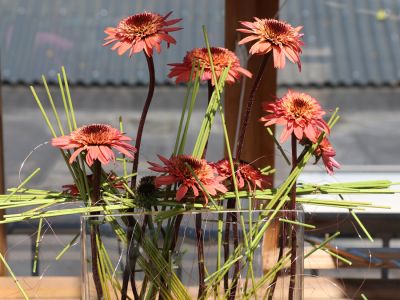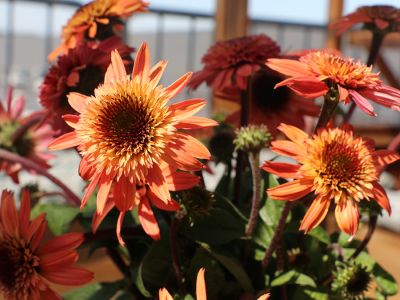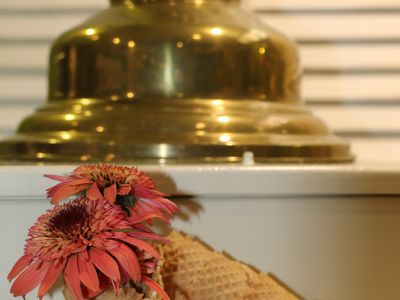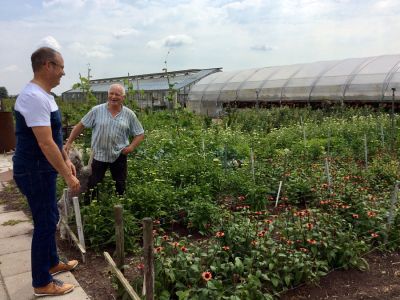Echinacea Raspberry Truffle
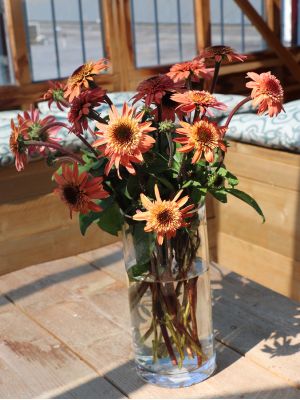
Calendar
The Echinacea 'Raspberry Truffle' is mainly available in July. When the summer is hot and the conditions for the Echinacea are good, like this year, there is a second cut in September.
In the spotlights
This week we have the Echinacea in the spotlights of the FloraPodium, a product that is traditionally known for its healing power. The Echinacea herb works to increase resistance and improves the immune system. The plant, originating from the North American prairie, is a real eye-catcher in the garden because of the colorful large flowers. The name Echinacea is derived from the Latin 'achnos' and Greek 'echinos', which both stands for '(sea) hedgehog'.
The Echinacea is often mistakenly confused with or seen as synonymous with the Rudbeckia, because these flowers look very similar. However, the Echinacea has a medicinal effect and the Rudbeckia does not. The Rudbeckia is popularly known as the Sun Hat and occurs mainly in yellow and pink.
Echinacea Raspberry Truffle
We were visiting Gerrie Snabel from nursery Sunshine. The passion for growing is really in the family. Gerrie has three brothers who also all have a nursery, all with their own specialized cultivation.
Gerrie grows Ilex Verticilata in the autumn and winter. In the spring and summer he still grows Hydrangeas. Between the Hydrangea and Ilex cultivation he had a spot for a new challenge. He was attracted by the 'Echinacea', which we, as flower lovers, can clearly understand. It is a flower that has a beautiful ornamental value as a plant and as a fruit. After flowering, beautiful bronze fruits are created, which can be used very well in different types of flower arrangements.
About three years ago Gerrie started growing the Echinacea. These years were quite a challenge for him, because the flower was not originally grown as a cut flower. Thanks to his efforts, we can now also put this beautiful flower in a vase. Because the flowers are usually supplied as pot plants, they bloom compact. He selects the pot plants on the longest varieties and produces them as a cut flower.
The Raspberry Truffle stood out the most among the varieties that Gerrie grows. Not only we find this kind very beautiful, but also the trade is very enthusiastic about this crop and it is therefore very popular. The name arouses a certain curiosity, but the color of this kind also stands out. The bronze color changes to a special color red on the vase! It is important to remove enough leaves from the flower and cut off the flowers in the meantime.
The cultivation
Growing Echinaceas is still a big step in the deep. Little is known about this cultivation as a cut flower. For the medicinal cultivation it is important that a plant has many heavy seed buds, but for the garden it is better to grow a compact plant. For a cut flower it is important to get large flowers with long stems. This way, the biggest challenge for Gerrie remains to find the right varieties with which he can continue to grow. In addition to the length, he also looks for the right colors of the product. It always remains to be seen what the market is demanding and whether the crop is strong enough to survive the winter and to produce sufficient stems.
Gerrie tries to discover the best crop from the pot plants and therefore does not work with a breeder. It is now mainly looking for the species that are already there and that are suitable for cutting the flowers.
This year he is growing about eight species. His aim is to expand this to 20 next year. It remains a way of trial and error. For example, last year he had a beautiful, bright pink, double-flowered species. Due to the late frost of last year, this type has suffered a lot of damage. Fortunately, he is going to try again next year!
Sometimes there are fortunately also windfalls. The Ilex standing next to his Echinaceas catch a lot of lice every year against which he has to spray. However, the lice leave the Echinacea on the left, so it does not have to be sprayed.
Gerrie's goal is to grow many different Echinacea varieties, but in small quantities. With this he wants to spread the risk. As soon as there is too much supply of certain types, the price drops. That is, of course, a waste for such an exclusive crop. In our view, the low prices also do not fit in with the energy, enthusiasm and time that he puts into this challenging crop.
FloraPodium, 29 August 2018







